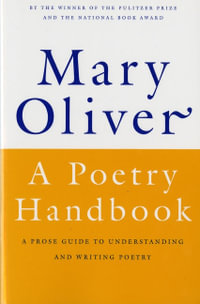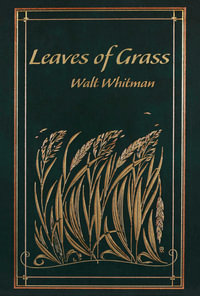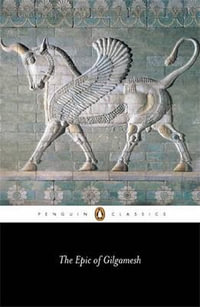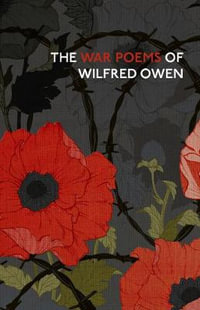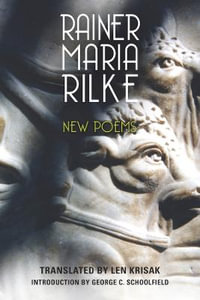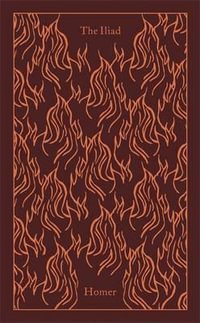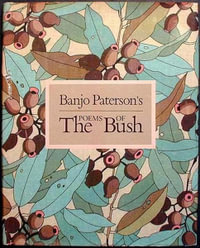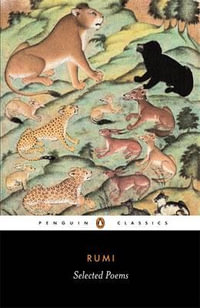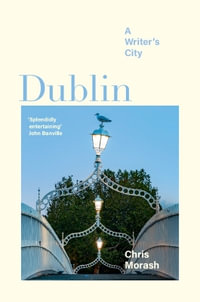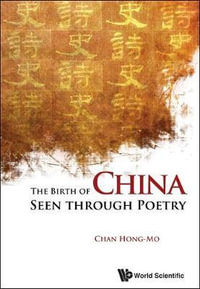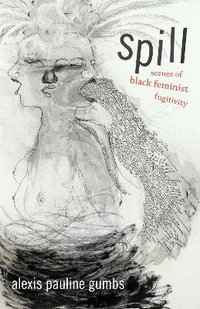Treatments of synesthesia in the arts and humanities generally assume a clear distinction between the neurological condition and the literary device. Synesthetes' descriptions of colors seen in connection with music, for example, are thought to differ fundamentally from common expressions that rely on transpositions across sensory dimensions ("bright vowels"). This has not always been the case. The distinction emerged over the course of the twentieth century, as scientists sought to constitute "synesthesia" as a legitimate object of modern science.
On the Colors of Vowels investigates the ambiguity of visual descriptions of vowels across a wide range of disciplines, casting several landmark texts in a wholly new light. The book traces the migration of sound-color correspondence from its ancient host (music) to its modern one (vowels), investigating the vocalic Klangfarben of Hermann von Helmholtz's monumental Sensations of Tone, the vowel colors reported in early psychology surveys into audition coloree (colored hearing), the mis-matched timbres that form poetry's condition of possibility in Stephane Mallarme's "Crisis of Verse," and the vowel-color analogy central to both the universal alphabets of the nineteenth century and the phonological universals of the twentieth. The book's final chapter turns to an intricately detailed account of vowel-color correspondence by Ferdinand de Saussure, suggesting how the linguist's sensitivity to vowel coloration may have guided his groundbreaking study of Indo-European vocalism.
Bringing out the diverse ways in which visual conceptions of vowels have inflected the arts and sciences of modernity, On the Colors of Vowels makes it possible to see how discourses of the nineteenth and twentieth centuries crafted the enigma we now readily recognize as "synesthesia."
Industry Reviews
"Liesl Yamaguchi's beautifully written and carefully argued book investigates the role played by vowel color in nineteenth and early twentieth century theories about language, from Indo-European linguistics, to French Symbolist poetics, to the science of acoustics. The idea that the notion of vowel color is crucial for the development of free verse as a modern poetic category is explosive and exciting. With clarity and precision, Yamaguchi zeroes in on one of the most stubbornly nebulous categories in the linguistic and poetic tradition."---Sarah Pourciau, Duke University




